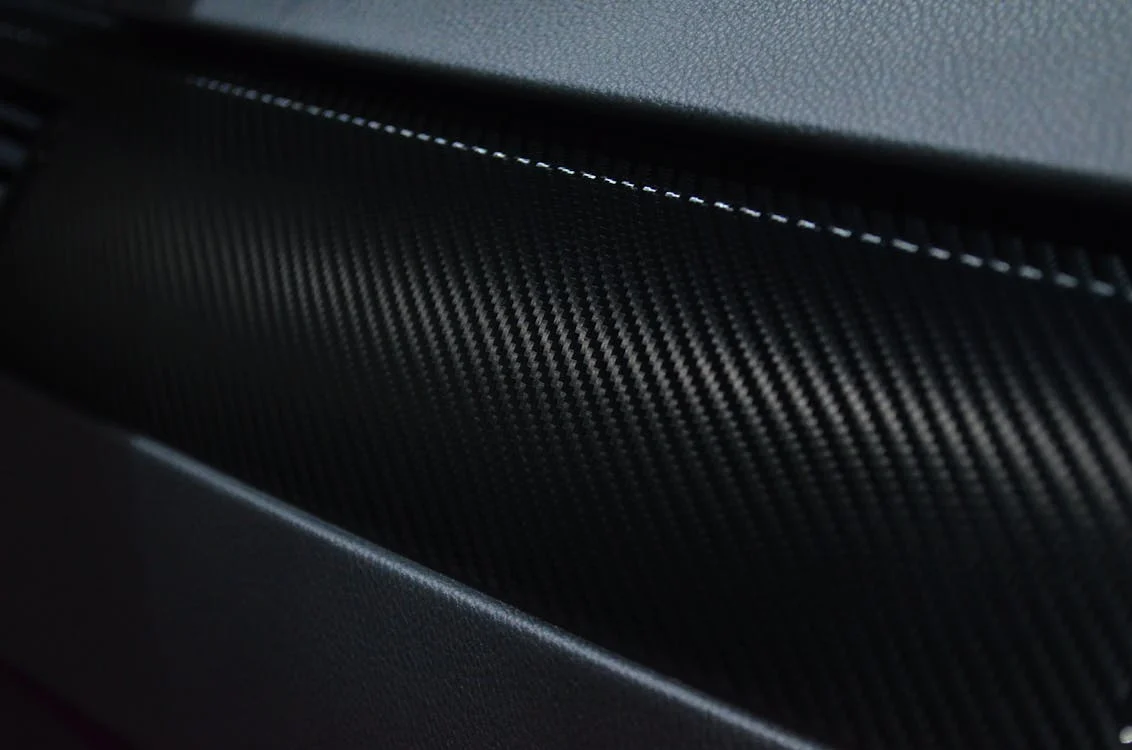Índice
The iron carbon phase diagram is a fundamental tool used in materials science and engineering to understand the relationships between temperature, carbon content, and the microstructure of iron-carbon alloys. This diagram provides a visual representation of the various phase fields that exist within these alloys, allowing engineers and metallurgists to predict the properties and behaviors of different steels and cast irons.
The iron-carbon phase diagram is a graphical representation of the equilibrium phases of iron and carbon alloys as a function of temperature and carbon concentration. It is a binary phase diagram, meaning it only considers the relationship between iron and carbon. The diagram is essential for understanding the heat treatment processes used to modify the properties of steel and cast iron.

The development of the iron-carbon phase diagram was a gradual process that involved the work of many scientists and engineers over several decades. Early studies focused on the properties of pure iron, and as the understanding of alloys improved, researchers began to investigate the effects of adding carbon to iron. The modern version of the iron-carbon phase diagram is the result of extensive experimental work and theoretical modeling.
The iron-carbon phase diagram is divided into several regions, each representing a different phase or combination of phases. The boundaries between these regions correspond to specific temperatures and carbon concentrations at which phase transformations occur. By understanding the position of a given alloy on the diagram, engineers can predict the microstructure and properties of the material at different temperatures.
The iron-carbon phase diagram includes several important phases, including:
The relative amounts of these phases in an alloy depend on its carbon content and the thermal history to which it has been subjected.
The iron-carbon phase diagram is an invaluable tool for engineers and metallurgists for several reasons:
The carbon content of an iron-carbon alloy has a significant influence on its microstructure. As the carbon concentration increases, the amount of cementite in the alloy also increases. This can lead to a variety of microstructures, such as pearlite, bainite, and martensite. Understanding the relationship between carbon content and microstructure is essential for designing materials with specific properties.
For example, high-carbon steels, which have a carbon content of around 0.6 to 1.5%, are typically heat-treated to produce a martensitic microstructure. This microstructure gives high-carbon steels excellent strength and hardness, making them suitable for applications such as cutting tools and springs.
Heat treatment is a critical process for controlling the microstructure of iron-carbon alloys. By heating and cooling the material at specific rates, engineers can manipulate the phase transformations that occur, resulting in different microstructures. This allows for the tailoring of properties such as strength, hardness, ductility, and toughness.
For example, annealing is a heat treatment process that involves heating an alloy to a high temperature, holding it for a period of time, and then cooling it slowly. This process can be used to soften the material and reduce its internal stresses. Quenching, on the other hand, involves heating an alloy to a high temperature and then rapidly cooling it, often by plunging it into a liquid. This process can be used to produce a hard and brittle microstructure, such as martensite.
Alloying elements can be added to iron-carbon alloys to modify their properties. These elements can influence the phase diagram, the microstructure, and the mechanical properties of the alloy. For example, adding chromium to steel can improve its corrosion resistance, while adding nickel can increase its toughness.
The choice of alloying elements depends on the desired properties of the material. By carefully selecting and controlling the alloying elements added to an iron-carbon alloy, engineers can create materials with a wide range of properties, suitable for various applications.
Iron-carbon alloys continue to be a vital material in many industries. As technology advances, new and innovative applications for these alloys are being developed. For example, advanced steels with improved strength, toughness, and corrosion resistance are being used in aerospace, automotive, and energy applications.
In the future, we can expect to see continued research and development of iron-carbon alloys, as well as the development of new alloying elements and heat treatment processes. These advancements will help to ensure that iron-carbon alloys remain a valuable and versatile material for many years to come.
The iron-carbon phase diagram is a fundamental tool for understanding the behavior of iron-carbon alloys. By providing a visual representation of the relationship between temperature, carbon content, and microstructure, it allows engineers and metallurgists to design and process materials with specific properties. The diagram has been essential to the development of a wide range of steel and cast iron alloys, and it continues to be an important resource for materials scientists and engineers.

¡Muchas gracias!
Hemos recibido correctamente tus datos. En breve nos pondremos en contacto contigo.